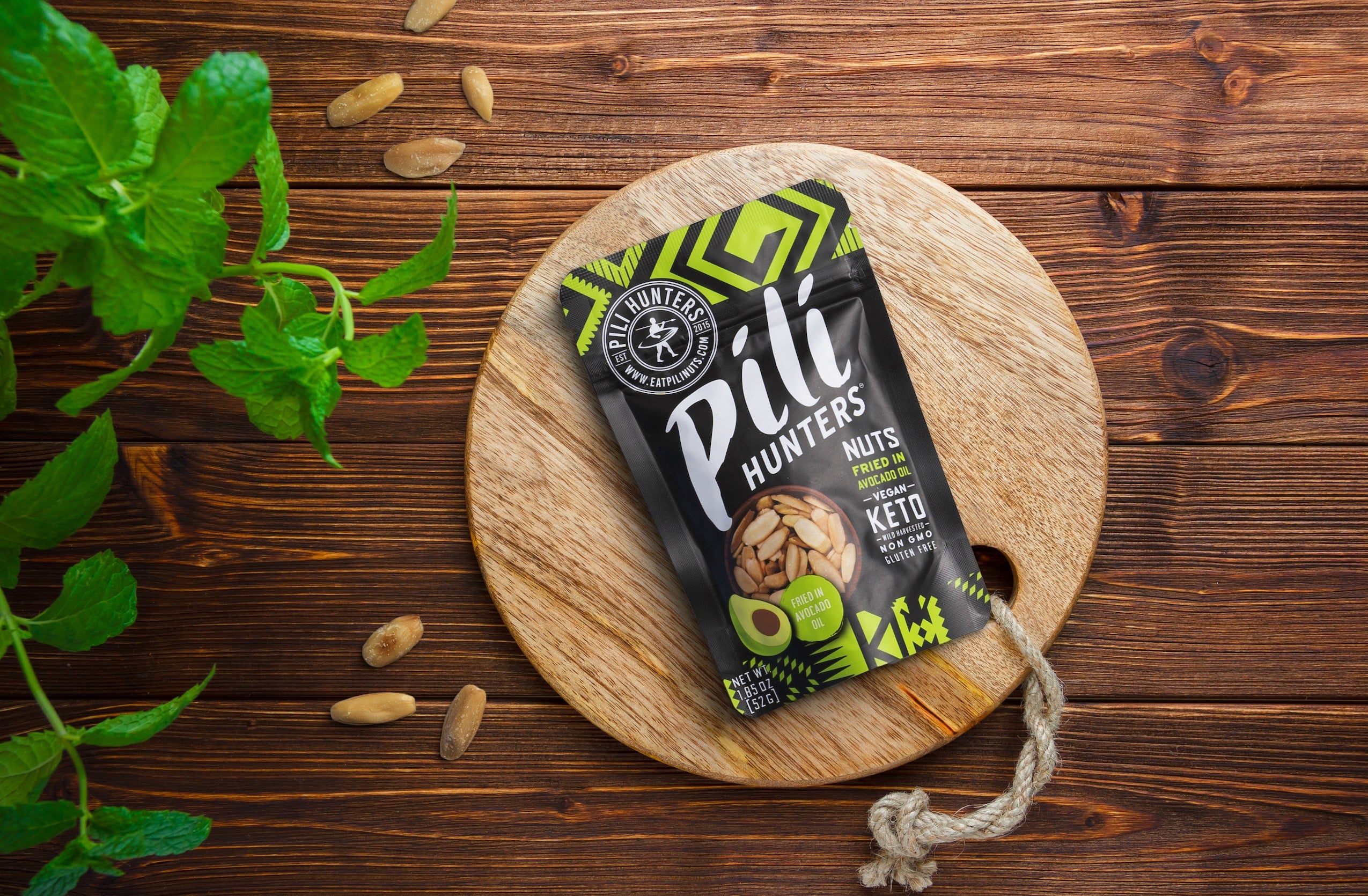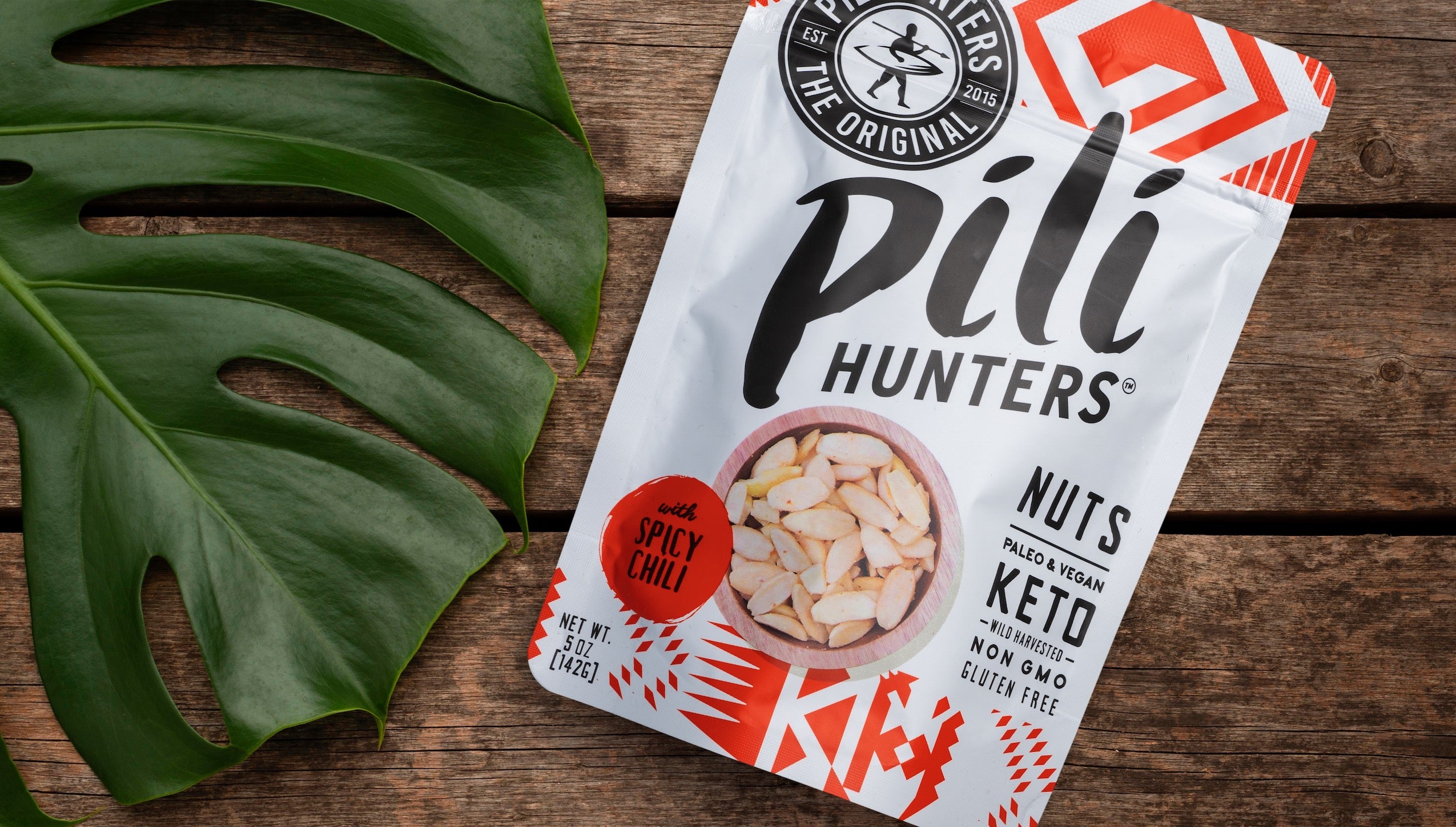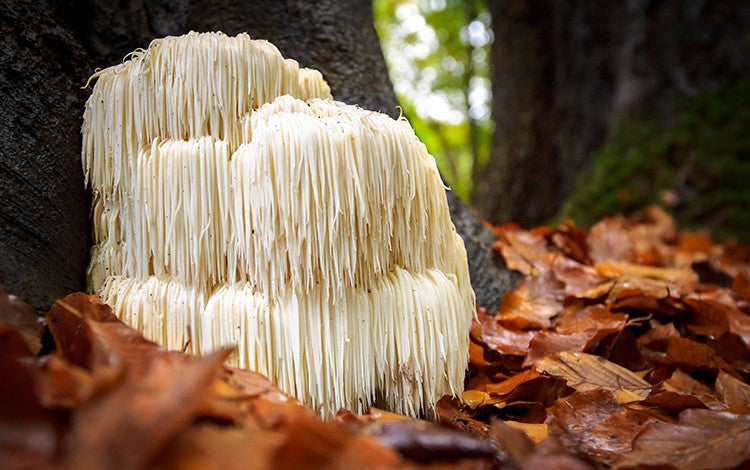Survival is rough. Up and down the food chain, species great and meek have had to adapt to overcome and defend themselves against the throes of the wilderness. While mammalian prey have legs to leap, horns to defend, or claws to burrow, members of the plant kingdom take a more chemical approach to sustaining their posterity.

Prior to germination, dormant seeds house their nutrients in a chemical form that makes them difficult for herbivores to digest. A seed can stay alive for an extended period in this dormant stage until it has all the required conditions to grow, like sufficient oxygen, water, sunlight, etc. This is why seeds can be kept for years at a time in places like the Svalbard Seed Vault for later use. These dormant nutrients are referred to as "anti-nutrients" because when we eat them, they can disrupt our digestive enzymes, and tend to bind to minerals preventing their full absorption in the small intestine. For example, phytic acid, the dormant seed's storage form of phosphorus, binds to iron, zinc and magnesium from other foods, preventing humans from absorbing these nutrients as well. (1) Some animals, especially rodents, have adaptations that allow them to break down phytic acid and other anti-nutrients so that they can survive off eating so many raw nuts from tree tops. In fact, rats have 30 times more phytase, the enzyme required to break down phytic acid, than humans do.(2)
Phytic acid is just one of many anti-nutrients found in raw nuts, grains, and legumes and is part of the reason why Paleo diet advocates encourage leaving grains and legumes out almost entirely. One should also consider that raw nuts, per gram, can have even more phytic acid than oat flakes and brown rice (3), however, people don't tend to eat almonds and brazil nuts in quite the same quantity and oats and rice. Considering the potential negative effects of anti-nutrients, should you throw out all anti-nutrient containing foods from the kitchen cabinet? Not so fast.
First, it's important to understand that in the case of anti-nutrients, the dose makes the poison, so to speak. In some studies, a moderate amount of phytic acid intake has actually been linked to reduced cancer risk and has been shown to reduce some inflammatory markers, to name two benefits. (4) So, it seems, some anti-nutrients present in the diet are ok and potentially beneficial while too much can lead to mineral deficiencies. A great way to tell if your diet is too high in anti-nutrients (or perhaps too low in key nutrients to begin with) is to have a vitamin and mineral panel done at your doctors' office to ensure you do not have any deficiencies. (Remember, anti-nutrient absorption is only part of the picture to total vitamin and mineral balance. Speak with a health care professional if you suspect a deficiency.) How, then, should you approach your nut, grain and legume intake in your daily meal and snack plans to set yourself up for nutrient absorption success?
A time-honored approach to dealing with anti-nutrients is soaking and sprouting. If you've ever cooked raw beans before, you've almost certainly been told to soak them overnight. The seed (bean) detects that conditions are right for sprouting/germinating and the bound nutrients are converted into a form that humans can more easily digest. This is exactly what happens with the seed portion of a nut when it is soaked and sprouted (aka "activated"). The sprouted form of plants is often the healthiest time to eat them, gram for gram. Like a young snake's venom is more concentrated than an adult's (ok, maybe not the greatest analogy in this case), the nutrients in a sprouted seed are more condensed when it is young. Broccoli sprouts (due to their high sulforaphane content) are so nutritious, in fact, that they've been shown to stunt cancer growth, reduce the risk of diabetes, heart disease, gastric disease, neurodegenerative disease, and even help with behavior disorders associated with autism (5).
 Depending on what type of nut you're sprouting, optimum soaking times will vary. The optimum time for pili nuts, for example (pictured left), is about 12 hours, which is this same process Pili Hunters uses for all of its sprouted products. Linked here is a great resource to use for your own soaking and sprouting needs. So, the next time you reach for a handful of your favorite nuts, consider opting for sprouted products instead or at least soak them first to help avoid digestive issues, increase the flavor profile, and allow your body to get the full benefit from the nutrient packed seed.
Depending on what type of nut you're sprouting, optimum soaking times will vary. The optimum time for pili nuts, for example (pictured left), is about 12 hours, which is this same process Pili Hunters uses for all of its sprouted products. Linked here is a great resource to use for your own soaking and sprouting needs. So, the next time you reach for a handful of your favorite nuts, consider opting for sprouted products instead or at least soak them first to help avoid digestive issues, increase the flavor profile, and allow your body to get the full benefit from the nutrient packed seed.







